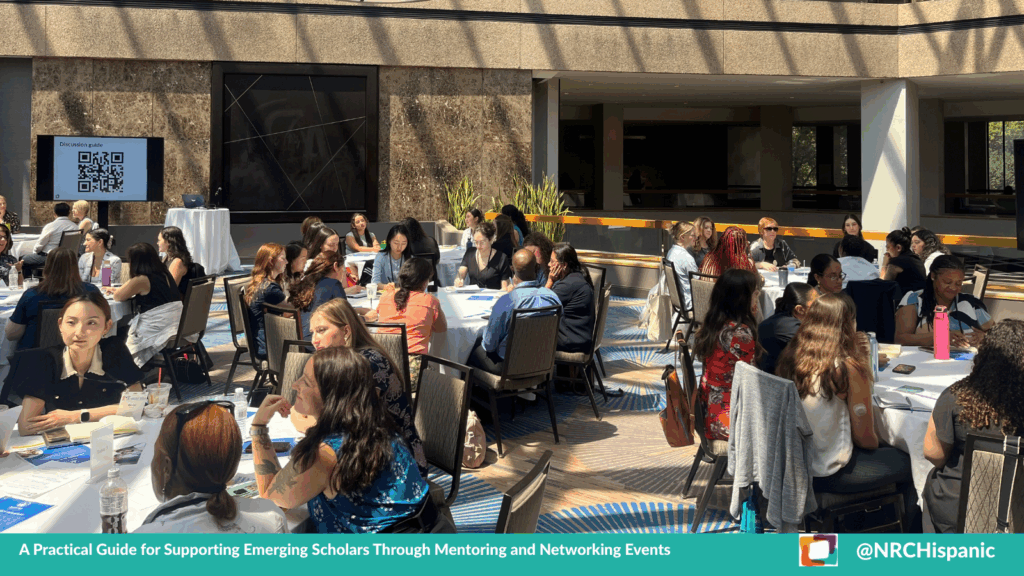Mar 6, 2019
Research Publication
Hispanic Women Are Helping Drive The Recent Decline in the U.S. Fertility Rate
Author:
Updated March 7, 2019
The general fertility rate of U.S. women has declined substantially: In the past decade, some of the largest declines have been among Hispanic women, whose fertility rate fell by 31 percent from 2006 to 2017, compared to 5 percent for white women and 11 percent for black women. The tables below document these trends in more detail.
The decline among Hispanic women has been driven largely by the steep decline in the fertility rate of women of Mexican heritage. From 2006 to 2015, the fertility rate for women of Mexican heritage declined by 37 percent.
A variety of factors have been proposed to explain declines in fertility more generally—factors such as increases in average levels of education, relatively high costs of living, and changing attitudes surrounding childbearing. However, the especially large declines among Hispanic women may also be due to compositional changes in the population of Hispanics in the United States. Over the past decade, the U.S. Hispanic population has become more likely to be born in the United States. (In 2006, 54.9 percent of the adult Hispanic population was foreign born, compared to 47.9 percent in 2015.) Foreign-born Hispanic women generally have higher fertility than U.S.-born Hispanic women.
If Hispanic fertility continues to decline, it may push the total fertility rate in the United States—already at 1.77 children per woman—further below replacement level (a total fertility rate of 2.1 children per women, on average). In this case, we may soon see a situation in which the United States looks more like Japan, Italy, or Spain—all countries with sustained below-replacement fertility and aging populations.
Suggested Citation:
Alvira-Hammond, M. (2019). Hispanic women are helping drive the recent decline in the U.S. fertility rate. https://doi.org/10.59377/818k1700r



